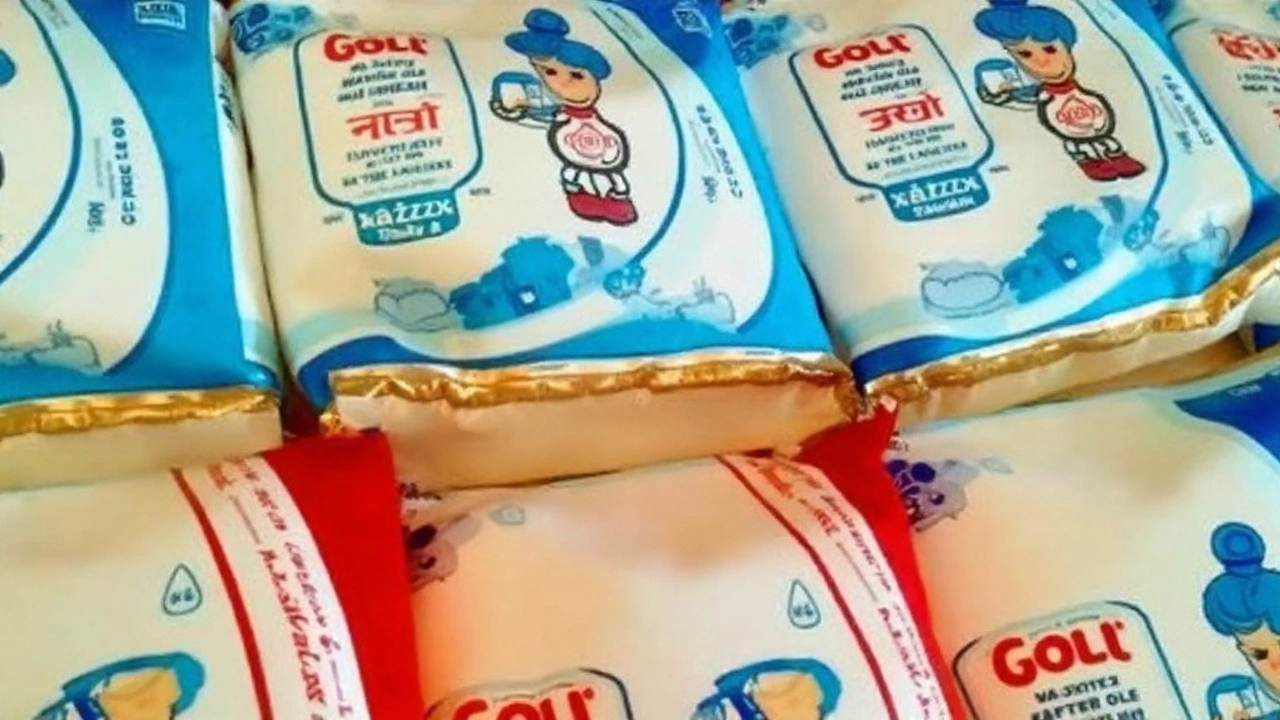Dairy Prices: Latest Updates and What They Mean for You
If you buy milk, cheese or butter regularly, you’ve probably noticed the bill changing from week to week. Those shifts aren’t random – they’re driven by a mix of farm‑level costs, government policies and global demand. Knowing why the numbers move helps you plan better and avoid surprise spikes at the checkout.
Why Dairy Prices Fluctuate
The first thing to look at is the farm. Cows need feed, water and proper care, and feed prices are tied to crop yields. When a bad monsoon hits grain production, feed costs rise, and farmers pass that extra expense onto buyers. Weather also plays a role; a heatwave can lower milk yields, tightening supply and nudging prices up.
Next, think about fuel and transportation. Trucks that move milk from rural collection points to cities run on diesel. If diesel prices jump, the whole supply chain feels the pressure. The same goes for packaging – plastic and cardboard costs climb with oil prices, and that adds to the final price you see on the shelf.
Government rules matter too. Subsidies, export limits and quality standards can either cushion or amplify price changes. For example, when the government lifts a cap on cheese exports, more product leaves the country, tightening local supply and pushing prices higher.
How to Manage Rising Dairy Costs
First, shop smart. Local dairy cooperatives often sell milk directly to consumers at lower rates than big supermarkets. Check your neighborhood market or even online farmer platforms for better deals.
Second, consider buying in bulk. A larger pack of milk or a block of cheese usually costs less per litre or kilogram. Just make sure you have a way to keep it fresh – a small fridge or freezer works well.Third, look for alternatives when prices spike. Yogurt, paneer or even soy milk can be cheaper and still give you the protein you need. Mixing a bit of these into meals can lower the overall dairy spend without sacrificing nutrition.
Finally, stay updated. Websites that track commodity prices, agricultural news portals, and even our own tag page give you quick snapshots of what’s happening in the dairy market. Knowing that a price dip is coming can help you time a big purchase.
In short, dairy prices move because of feed costs, fuel, weather and policy. By buying directly, buying in bulk, swapping for cheaper options and keeping an eye on market updates, you can keep your grocery bill in check. Stay aware, shop wisely, and you’ll ride out the ups and downs without breaking the bank.

GST 2.0 Slashes Dairy Prices: Milk, Butter, Paneer Become Cheaper
India's GST 2.0 reforms, effective Sep 22 2025, cut tax on key dairy items to zero or 5%, lowering costs for milk, butter, ghee, paneer and curd. The GST Council reshaped the slab system to 5%, 18% and 40% rates, easing compliance and boosting consumption. Major brands like Amul and Mother Dairy are poised to pass savings to shoppers. The changes sit alongside tax breaks on health, education and essential goods.
Read More